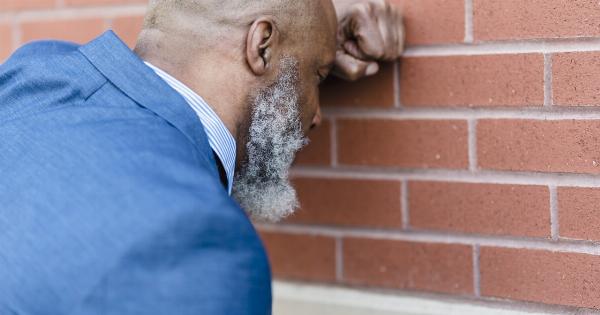Bladder control problems are often associated with women. The problem is not restricted to women, but it is more common in females as compared to males.
This condition can have a major impact on the quality of life of women, and if left untreated, it can lead to serious health complications. This article discusses what causes bladder control problems in women and what treatments are available to overcome this problem.
What are the causes of Bladder Control Problems in Women?
Some common causes of bladder control problems in women include:.
- Age: As women age, their bladder muscles get weaker, which can cause urinary incontinence.
- Pregnancy: During pregnancy, women experience changes in hormones and pressure on their bladder. This can lead to bladder control problems.
- Childbirth: The pressure of childbirth on the bladder and pelvic floor muscles can cause bladder control problems.
- Menopause: After menopause, the loss of estrogen can cause the vaginal tissue to thin, which can lead to bladder control problems.
- Obesity: Excess weight puts pressure on the bladder and pelvic muscles, leading to urinary incontinence.
- Neurological Conditions: Conditions such as Parkinson’s disease, multiple sclerosis, and stroke can interfere with bladder control.
- Bladder Infections: Bladder infections can irritate the bladder and cause bladder control problems.
- Medications: Certain medications can cause bladder control problems as a side effect.
- Caffeine and Alcohol: Both caffeine and alcohol are diuretics and can cause bladder irritation and increased urine production.
- Constipation: If the bowel is not emptying properly, it can put pressure on the bladder and lead to bladder control problems.
What are the Treatment Options for Bladder Control Problems in Women?
The treatment of bladder control problems in women depends on the underlying cause of the problem. Some of the common treatment options are:.
Lifestyle Changes
Lifestyle changes can help some women manage their bladder control problems. Examples of helpful lifestyle changes include:.
- Weight Loss: Losing weight can reduce pressure on the bladder and improve bladder control.
- Limiting Caffeine and Alcohol: Reducing or eliminating caffeine and alcohol can help improve bladder control.
- Timed Voiding: Setting a timer to remind yourself to use the restroom can help you avoid accidents and improve bladder control.
- Kegel Exercises: Kegel exercises can help strengthen the pelvic floor muscles and improve bladder control.
Medications
There are several medications that can help improve bladder control. Some common medications include:.
- Anticholinergics: These medications block nerve signals that cause bladder contractions. They can help reduce urge incontinence.
- Beta-Adrenergic Agonists: These medications relax the bladder and can be used to treat urge incontinence.
- Topical Estrogen: This medication can be applied to vaginal tissue to help improve the tone of the urethra.
Medical Procedures
For women with more severe bladder control problems, medical procedures may be necessary. Some of the common medical procedures include:.
- Bulking Agents: These are injectable materials that help to bulk up the urethra and improve bladder control.
- Sling Procedures: This procedure involves placing a sling around the urethra to support it and prevent leaks.
- Injections: Injections of botulinum toxin into the bladder can help reduce bladder contractions and improve bladder control.
- InterStim Therapy: This procedure involves implanting a device that delivers electrical stimulation to the nerves that control the bladder.
Conclusion
Bladder control problems can be embarrassing and have a major impact on a woman’s quality of life. But the good news is that there are many treatments available to help women manage and overcome this problem.
From lifestyle changes to medical procedures, women have many options to choose from to improve their bladder control.




























